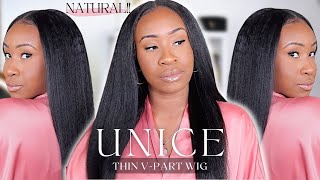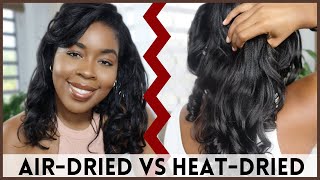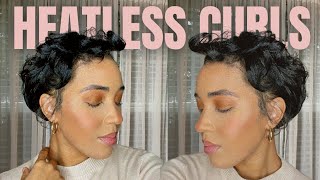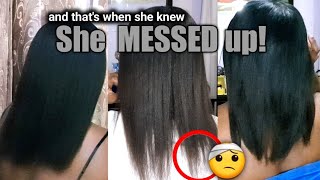A Few Reasons Your Hair Relaxer Might Be Causing Breakage And Shedding
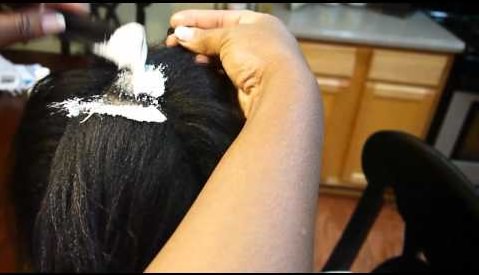
I have relaxed hair that is medium length. I relax my hair about every 7 weeks. A few days after washing my hair, it is always dry, brittle and lifeless. I also notice that when I get my hair relaxed and I comb my hair when it is wet, a lot of hair comes out. Do you know what I can do to stop my hair from shedding/falling out and being dry?
To be frank we do not talk about relaxers a lot, even though we do have articles addressing relaxers. We do however receive enough questions about the effects of relaxers to make it a very relevant topic. Many of us still wear relaxers and the question above is one of the common questions we get asked. We have women who just cannot figure out what could possibly be the cause of some of the hair loss shedding and other issues they have when they relax. The thing is we might just have the answer:
Lets start out with a little history
Hair relaxing became very popular in the 80’s, after people realized the jheri curl couldn’t give them versatility and was too greasy. No lye relaxers were formulated due to the complaints of burning from women who were getting relaxer services. No lye relaxers were presented as gentler/milder form of relaxer without the lye.
Women happily grabbed boxes of relaxer and applied their chemicals at home to save money, and for convenience. When they’re hair became dry and brittle, and began to shed they couldn’t understand why their hair did not look like the models on the boxes.
And now a little science
There was actually a pretty good reason for this, and this can get a bit sciency so bear with me, you see the no lye relaxers come in two forms calcium hydroxide and lithium hydroxide. (CaOH is the chemical formula for calcium hydroxide.) The OH at the end of this compound is actually the base or lye component. The calcium causes deposits on the hair, causing it to become dry and brittle.
Because hair consists of three layers and relaxer penetrates to the second layer of the hair to break polypeptide (protein) bonds. The cuticle (first layer of the hair) remains open if relaxer is just rinsed and neutralized after processing. This process can cause splitting, shedding, and breakage.
In order for relaxed hair to remain healthy avoidance of relaxers containing Calcium Hydroxide should be avoided at all costs. Not only does the Calcium result in dryness, but the neutralizer in the box is not sufficient to remove traces of relaxer from the hair. Which leads to hair loss and large amounts of shedding especially around the hairline and temples.
After a relaxer the cuticle or first layer of the hair is opened and neutralizer removes traces of relaxer from the hair. What the hair needs is a stabilizer or a conditioner with a low pH to return the hair back to its optimal acidic pH balance and seal the cuticle and rearrange the polypeptide bonds which were broken during application of the relaxer.
After 3-5 mins hair can be neutralized thoroughly. Application of a moisturizing or deep conditioner* and rinsing and styling will complete the process. In order to prevent over-lapping, meaning the relaxer touching the ends of the hair which leads to over -processing and dryness you can apply a conditioner to the ends of your hair so that relaxer will not have direct contact with previously relaxed hair.
If you are relying on a professional cosmetologist ensure that the towel which was used to drape you before the procedure is changed afterwards. Enjoy healthy relaxed hair!
Check out sonyabeonit as she gives her daughter a relaxer:

